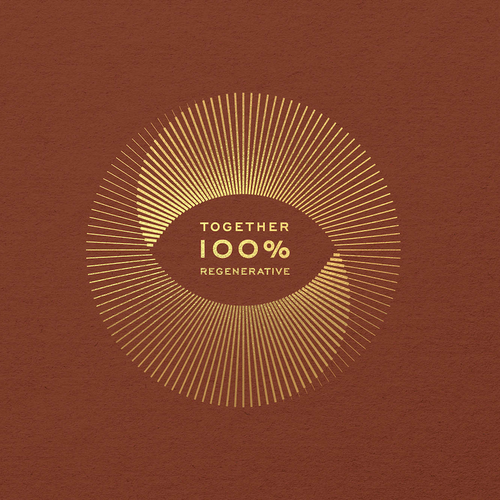Total: €0,00
Taxes and shipping calculated at checkout


Earlier this year, we proudly shared our Foodprint 2024. One question we’re often asked is:
“Why do you call it a Foodprint – with a D, not a T?”
The answer is simple, yet profound.
Because for us, chocolate is not candy. It’s food.
And not just any food, but one of the most storied, sacred, and culturally rich foods that we have on our planet. A food that has the power to have an impact beyond delicious chocolate.
More Stories